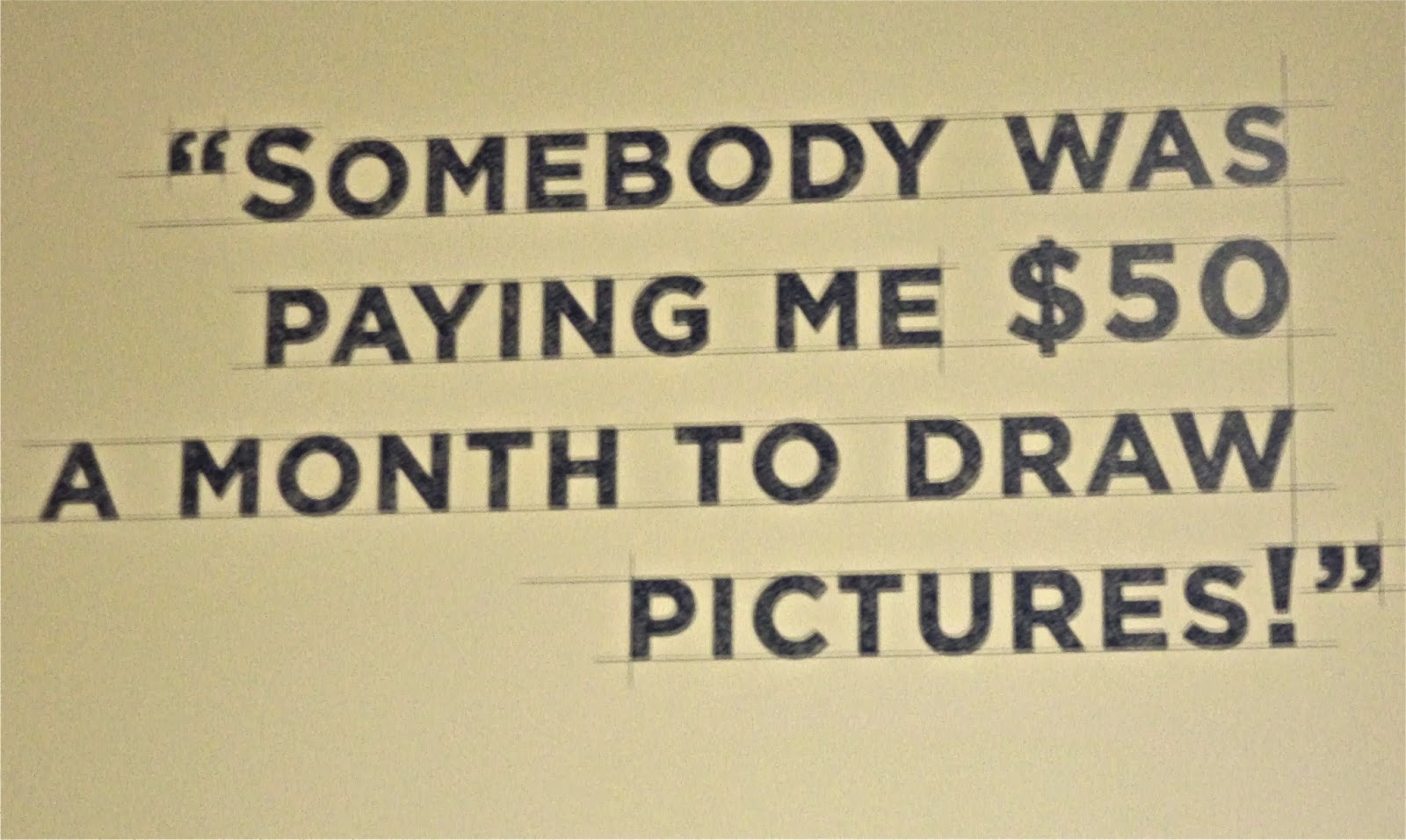A much younger Neil: "Harvest Moon" video
I’ve been a Neil Young fan since the
1970s, when he released After the Gold Rush and Harvest, widely
considered two of the greatest rock albums of all time. Tim and I have seen him
perform many, many times with and without bandmates from Crosby, Stills and Nash and Buffalo Springfield.
On Saturday, we saw him play at the Dolby theatre, home to last month’s Academy Awards ceremony. The stage was much smaller in person than
it was on TV. We had “house seats”—5th-row center—the best seats we’ve ever had for a large venue concert.
Neil was performing solo,
a repeat of the already legendary concert he did at Carnegie Hall in January,
though he is notorious for never playing the exact same set twice. When we
arrived, the stage was dark, but we could clearly see a chair surrounded by
about 10 acoustic guitars. To the right was a white baby grand and to the left
a standup player piano. Neil’s pump organ was in the back on a slightly raised
platform. A small spotlight shined on Woody, an old-time cigar-store Indian,
who I believe has been part of every Neil Young concert we’ve ever seen.
Neil was amazing. Wearing
an old black hat and rumpled clothes, he quietly walked on stage, picked up a
guitar and started to sing. Known primarily for his poundingly loud electric
guitar riffs, this performance was so restrained and intimate that I felt like
we were inside a tiny coffeehouse with 3300 other fans. Between songs, Neil rambled
around the stage, as if deciding which song to play next. He sang many of his
hits—including my favorite love song, “Harvest Moon”—but seemed to focus mostly on obscure material, like fellow Canadian Gordon
Lightfoot’s “If I Could Read Your Mind,” a wonderful and sweet surprise.
Occasionally, Neil would
slyly respond to the cacophony of yells from the audience. For the most part,
though, he told brief stories either about songwriters he admires or his
guitars—one that had belonged to Hank Williams and two that were gifts from Stephen
Stills. At one point, he mentioned that “music used to mean something” and then immediately launched into “Ohio,” his heartbreaking anthem about the 1970 Kent State massacre—one of several
songs that made me cry.
"Ohio"
The concert ended almost as abruptly as it began. After a long and boisterous standing ovation, Neil returned to the stage for a much-too-short encore that concluded with everyone quietly singing along to “Long May You Run,” my other favorite Neil Young song about loss and moving on (more tears!).
We love you, Neil, and always will . . .
Carnegie Hall encore
For more info about the concert, please read the excellent L.A. Times review here.







































